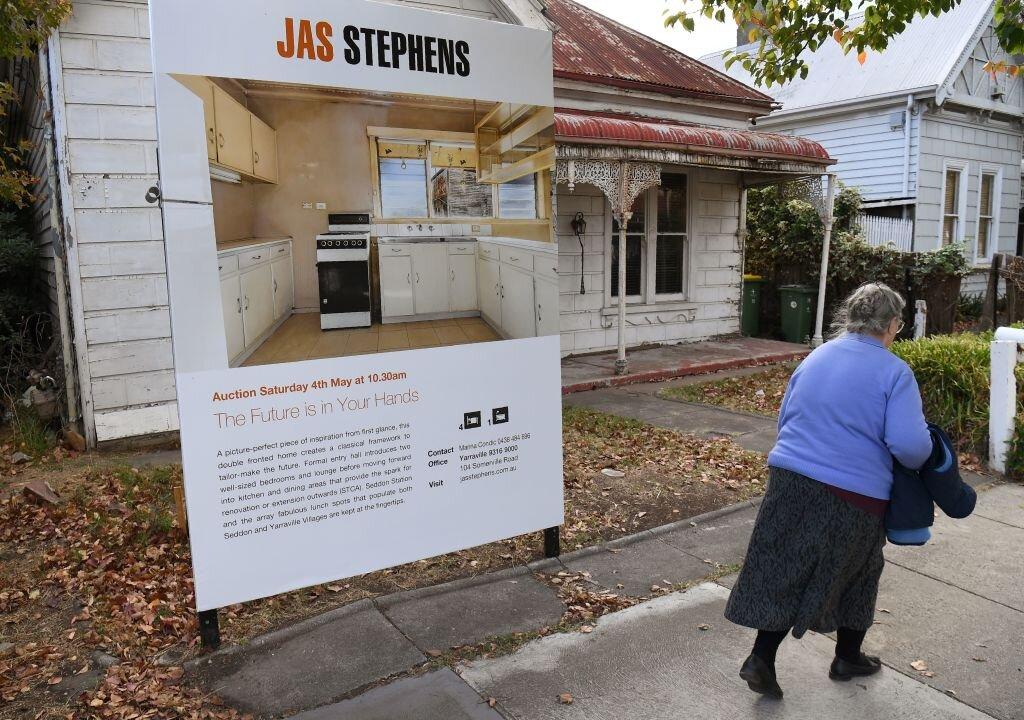Commentary
Migrants from around the globe have been attracted to Australia for its many wonderful attributes including the affordability of home ownership.

Migrants from around the globe have been attracted to Australia for its many wonderful attributes including the affordability of home ownership.